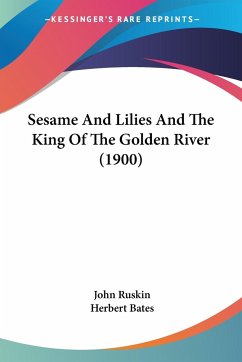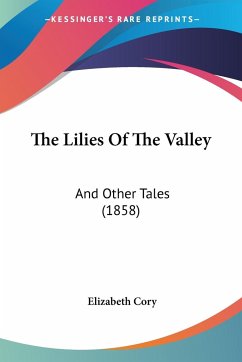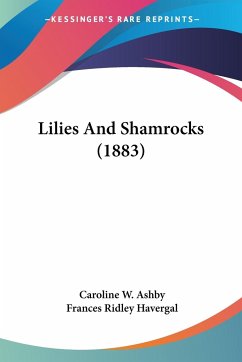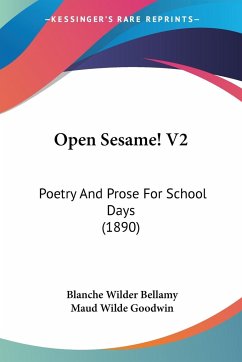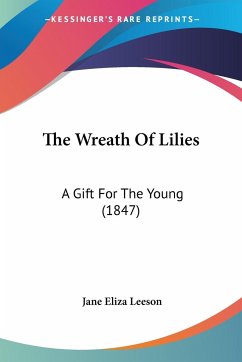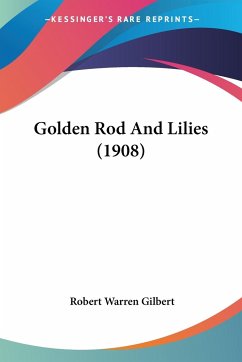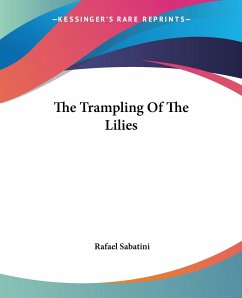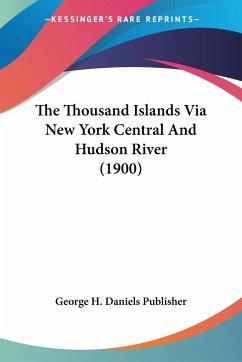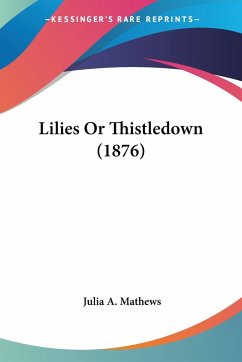John Ruskin was an English writer, philosopher, art expert, and general know-it-all who lived from February 8, 1819, to January 20, 1900. He wrote about a lot of different things, like architecture, mythology, birds, literature, schooling, botany, politics, and the economy. Ruskin was very interested in Viollet le Duc's work and taught it to all of his students, including William Morris. He thought Viollet le Duc's Dictionary was "the only book of any value on architecture." Ruskin used a lot of different writing styles and literary types. Besides essays and treatises, he also wrote poems, gave talks, traveled guides and manuals, letters, and even a fairy tale. He also drew and painted scenes with rocks, plants, birds, scenery, buildings, and decorations in great detail. His early writings on art were written in a very complicated style. Over time, he switched to simpler language that was meant to get his ideas across more clearly. He always stressed the links between nature, art, and society in everything he wrote. Up until the First World War, Ruskin had a huge impact on the second half of the 1800s. After a time of decline, his reputation has steadily gotten better since the 1960s, when a lot of academic studies of his work came out.
